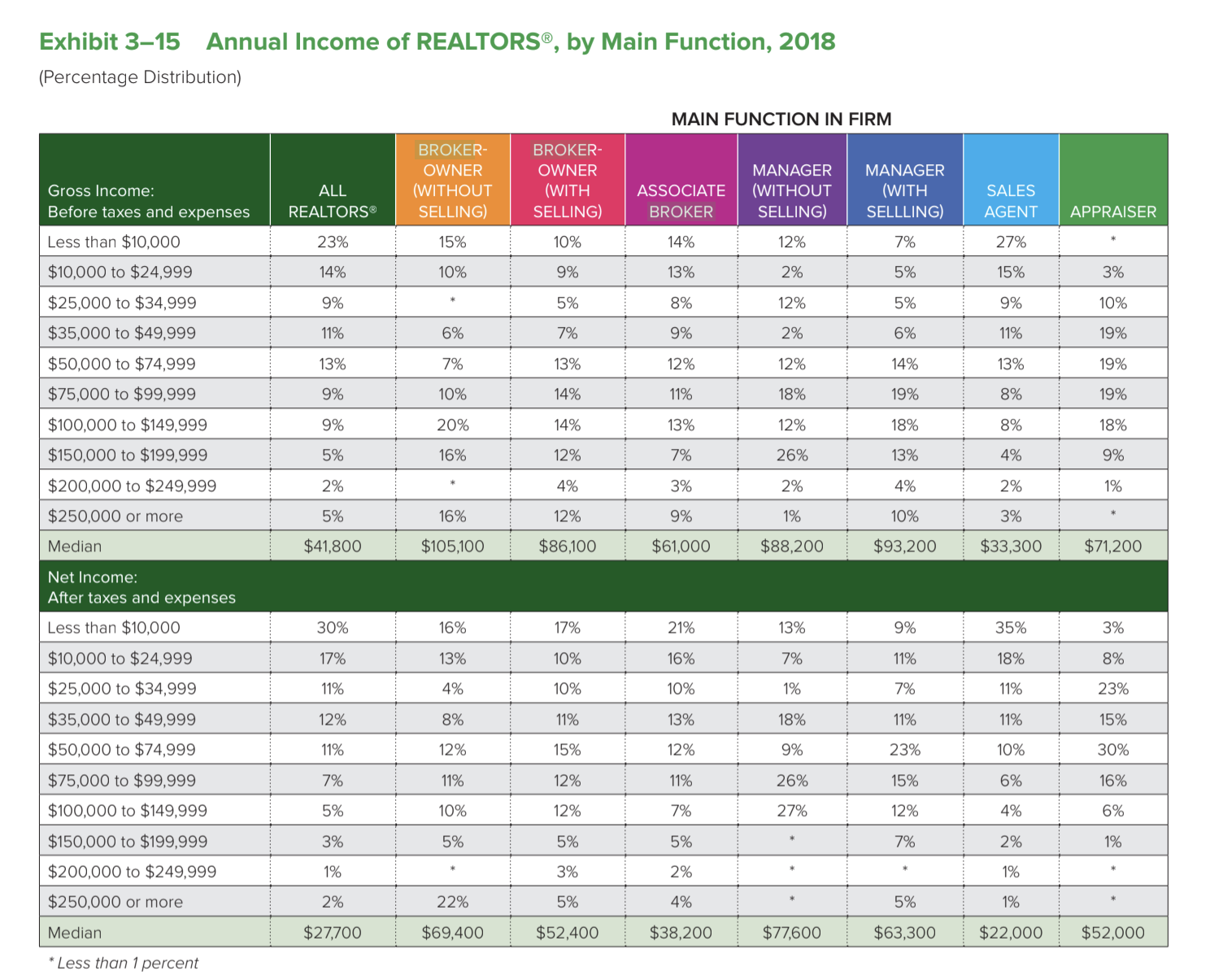But you do not need to pay PMI permanently. More on that later PMI can be a pretty huge expense, with the average yearly PMI premium varying from. 55 percent to 2. 25 percent of the initial loan quantity annually. Your credit rating and loan-to-value ratio will impact your PMI premium. For example, if you buy a house for $200,000 and your PMI is one percent, you will pay $2,000 a year, or about $166 a month (How is the real estate market). Fortunately is that you can ask the lending institution to cancel your PMI once you have paid for the home loan balance to 80 percent of the house's original evaluated value.
If you have an FHA loan, you will require to pay down your home loan to 78 percent of your initial sales price. Even if appreciation has actually pushed your equity up, you will need to lower your initial primary balance. Typically, many loan providers require PMI when it pertains to traditional loans with a deposit less than 20 percent. Like anything else, however, there are exceptions to the guideline. You'll need to do your research if you wish to pass up paying PMI. Some banks out there deal low down-payment, PMI-free standard loans. These suppliers will waive PMI for borrowers with less than 20 percent down, but you'll pay a greater rate of interest. No, not the body appendage. While fixed-rate mortgages have the same interest rate and month-to-month payment for the life of the loan, the rates of interest and monthly payments on an ARM modification (thus the word "adjustable"). ARM rate of interest are generally fixed for a duration between 3 and 10 years before they alter. The brand-new payment is calculated utilizing a rate based Visit website on a hidden index like LIBOR (not a vital acronym for home buying, but it represents "London Interbank Offered Rate") or the CMT (Continuous Maturity Treasury) plus a margin. Comprehending how your rate can change and how this can increase your payment is really important.
The agency enforces rules like Know Before You Owe, which offer debtors more transparency in the home mortgage process and knowledge about what they can pay for. This ratio is the percentage of your earnings that goes toward paying month-to-month costs. Lenders usually require DTIs below a specified percent for you to get approved for specific loan products. These loans were developed throughout the Great Depression throughout the 1930s and basically make buying a house more available by offering mortgage assistance and letting debtors receive a loan with a down payment of simply 3. 5% (rather of the suggested 20% down payment).


These are monthly payments of simply interest. Certain home mortgages permit these lower payments for a specified period. These loans work best for customers who anticipate a considerable bump in earnings or strategy to re-finance or move prior to the end of the interest-only term. Not to be confused with smoked salmon, usually consumed with cream cheese and bagels. These are short letters provided to a loan provider that describe changes in income, defend late payments, or summarize your rental history. They can assist you receive your mortgage. This ratio is computed by dividing the loan quantity by the house's purchase price.
Lenders have unique programs for borrowers who put down less than 20%. Not a noise a robot makes, however rather a fee that's financed as part of the loan and charged by the federal government for FHA loans. This unique https://www.canceltimeshares.com/blog/do-timeshare-cancellation-companies-work-2/ program allows newbie buyers to put down less than 20% on their purchase. These payments are the quantity due each month on your home mortgage. Not an unfortunate party, however rather your overall regular monthly housing cost, which consists of the P&I payment due on your home loan and the taxes and insurance coverage on your house. PMI is an additional charge you pay when your deposit is less than 20%.
The Ultimate Guide To How Much Money Do Real Estate Agents Make
Must satisfy specific requirements specified by the Dodd-Frank Wall Street Reform and Customer Security Act, such as loan quantity, rate of interest, and underwriting, so they can be bought by a government-sponsored entity. Not the cousin of a Vespa scooter. More like a map, because it needs that you get certain disclosures about closing expenses and settlement procedures at specific times throughout the home mortgage procedure. Evidence of your earnings in the type of W-2s, pay stubs, or earnings tax returns. Termites. Enough stated. And if you ever find yourself sounding out acronyms while trying to follow in addition to your lending institution, follow this wise guidance from Eric Gotsch: "Asking will never ever be a stupid question, specifically throughout something as crucial as the home-buying procedure.".
If you wish to prevent PMI, you have two options: pertain to the table with a 20% deposit or see if you can have the loan provider spend for the PMI. Here's how to achieve either. A deposit is a needed lump-sum payment you make at near buy a home - How to buy real estate with no money down. The amount you pay is a portion of the house's value and assists add to the equity you have in the house from the outset and decreases the amount you obtain. A lot of loans do not need a 20% deposit. Nevertheless, having one will eliminate the PMI and might decrease your regular monthly payment a lot more because it'll also lower your principal balance.